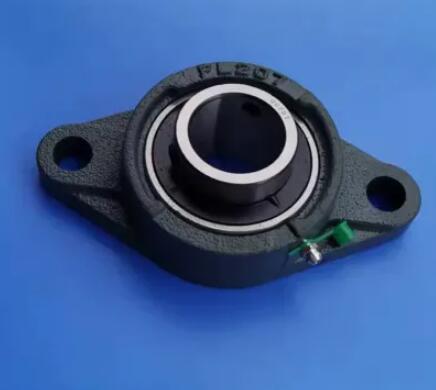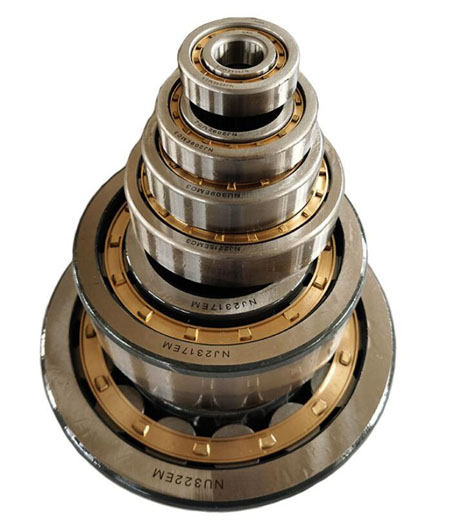How roller bearings differs from ball bearings?
Have you ever wondered what the difference was between roller bearings and ball bearings? At first glance they may not seem all that different. However, these seemingly similar style bearings have very different uses.
Have you ever wondered what the difference was between roller bearings and ball bearings? At first glance they may not seem all that different. However, these seemingly similar style bearings have very different uses.
Why we need bearings?
A shaft is used to transfer power from one point to another. For example, one end of the shaft is connected to an electric motor and the other end to a belt or any other component where you want to transfer the power. Because of the movement, the shaft would be under different kinds of loads like axial load and radial load. There would be possible up and down deflection of the shaft and jerks while moving. Due to this vibration, the load transfer does not happen properly. To resolve this issue what we need is a continuously moving support, which is called bearings.
Bearing is a machine component that supports the machine element and permits relative motion between the contact surfaces of the members while carrying a load.
Bearings all essentially consist of Pipe Griding Machine fitted between the two rings, inner and outer. This arrangement allows the bearing to take up the load while in operation. The bearing will rotate or roll when the load is applied in case of radial load and it can take up thrust load too.
Being in use for many years, bearings are evolved into many different types depending upon the requirement of the machine and the operation. When the loading is perpendicular to the axis of the shaft it is called a Radial load. When loading acts parallel to the axis of the rotating shaft, it is Axial /Thrust load.

Ball Bearings
Ball bearings are most common type of bearing and can handle both radial and thrust loads. Ball bearings are also known as deep-groove single-row or Conrad bearings. The inner ring is typically fastened to the rotating shaft and the groove on the outer diameter provides a circular ball raceway. The outer ring is mounted onto the bearing housing. The ball bearings are housed in a race and when the load is applied, it is transmitted from the outer race to the ball and from the ball to the inner race. The raceway grooves have typical curvature radii of 51.5% to 53% of the ball diameter. Smaller curvature raceways can cause high rolling friction due to the tight conformity of the balls and raceways. Higher curvature raceways can shorten fatigue life from increased stress in the smaller ball-race contract area.

Roller Bearings
Similarly constructed as ball bearings, roller bearings have line contact rather than point contact, enabling them greater capacity and higher shock resistance. The rollers themselves come in several shapes, namely, cylindrical, spherical, tapered, and needle. Cylindrical roller bearings manage only limited thrust loads. Spherical roller bearings can accommodate misalignment and more thrust, and, when doubled up, thrust in either direction. Tapered roller bearings can manage significant thrust loads. Needle bearings, a variant of cylindrical roller bearings, can handle high radial loads for their size, and can be made as needle roller thrust bearings.
Roller bearings are available as full-complement designs and needle bearings almost invariably will be of this style. Needle bearings are especially effective with reciprocating motions, but friction will be higher due to roller-against-roller rubbing.
When using cylindrical roller bearings on shafts with angular misalignment, it is preferred to use two short roller bearings back-to-back rather than one long roller bearing.
In this article, we present a brief discussion of the differences between ball Bearings and roller Bearings. For more information on additional products, please consult us freely.